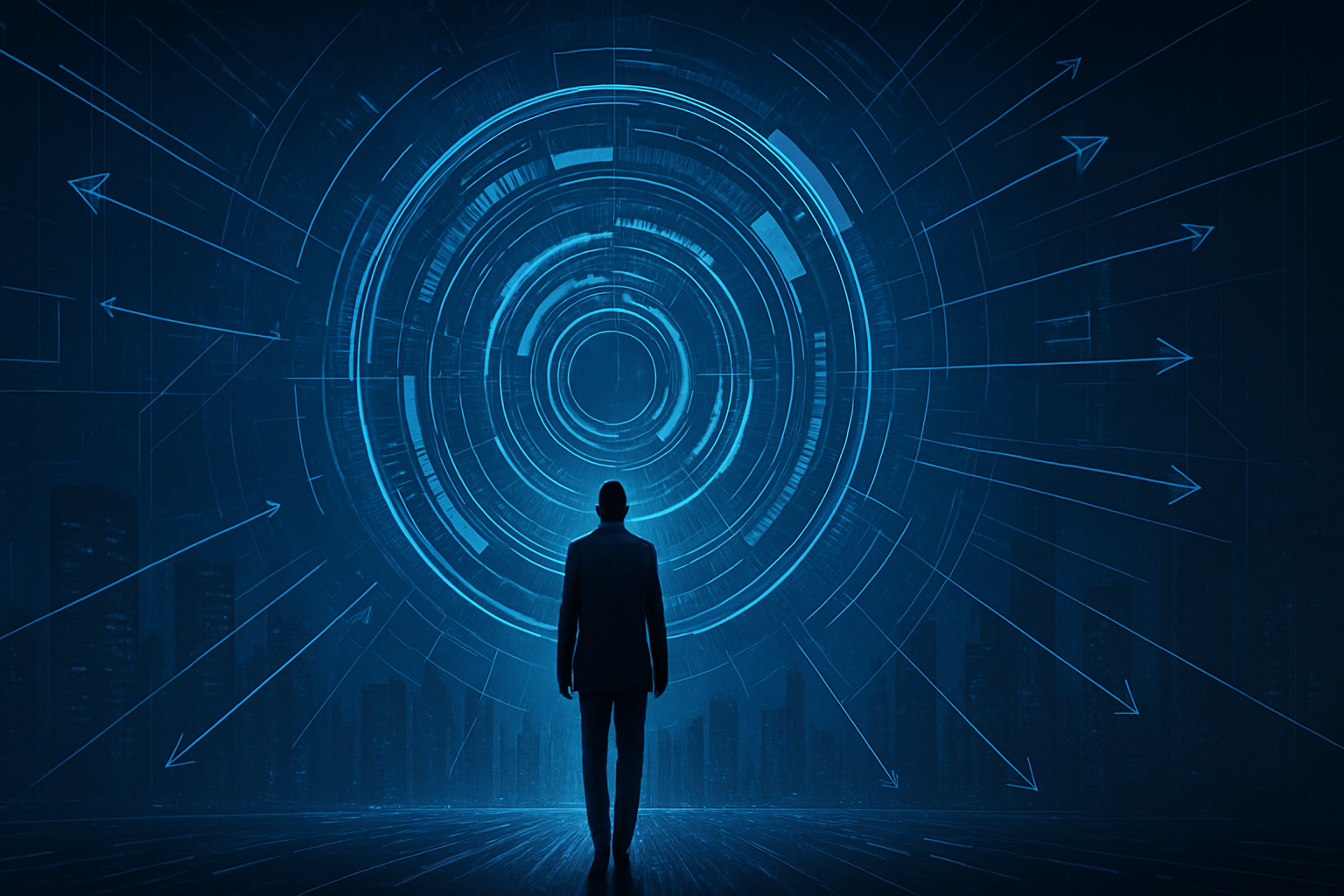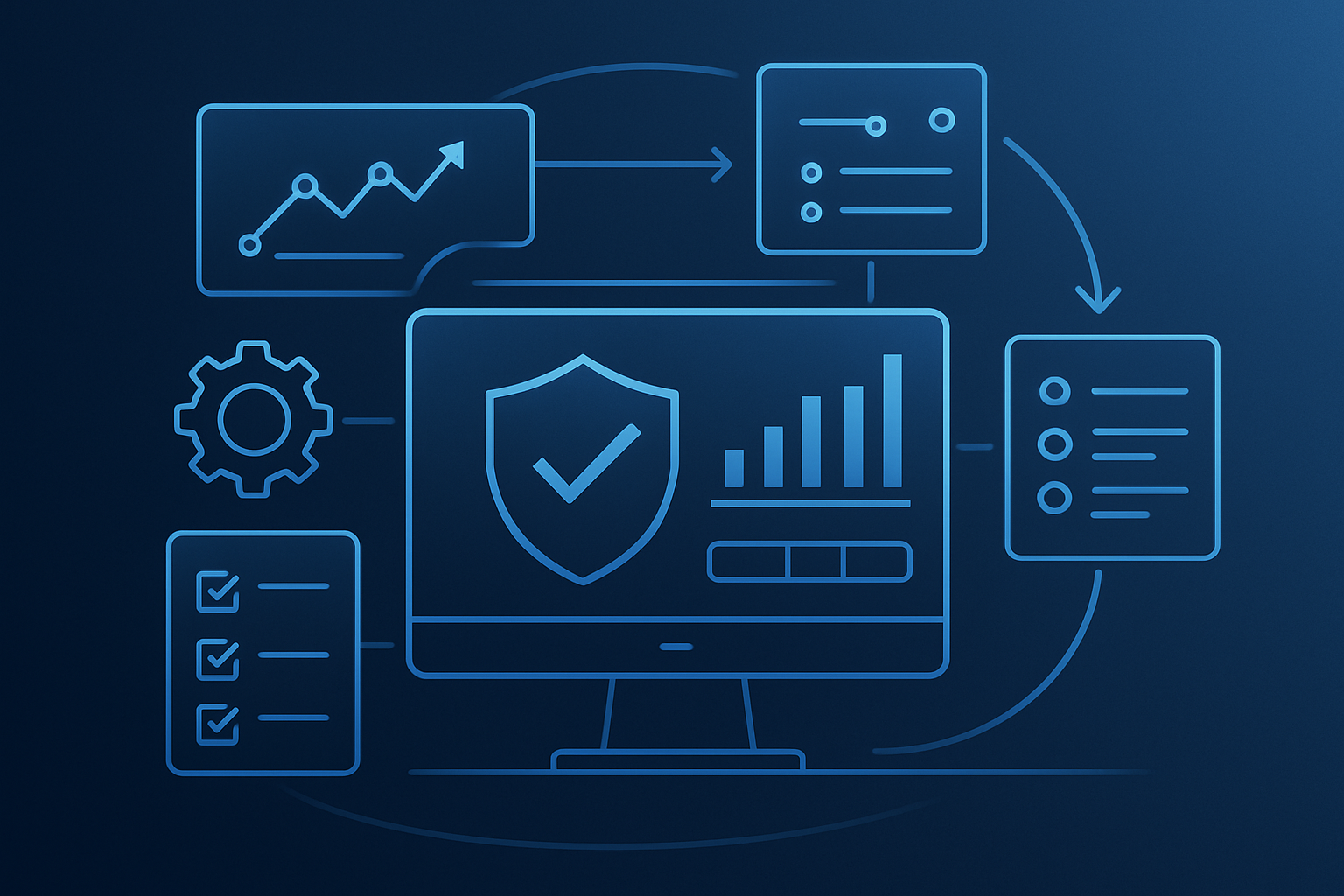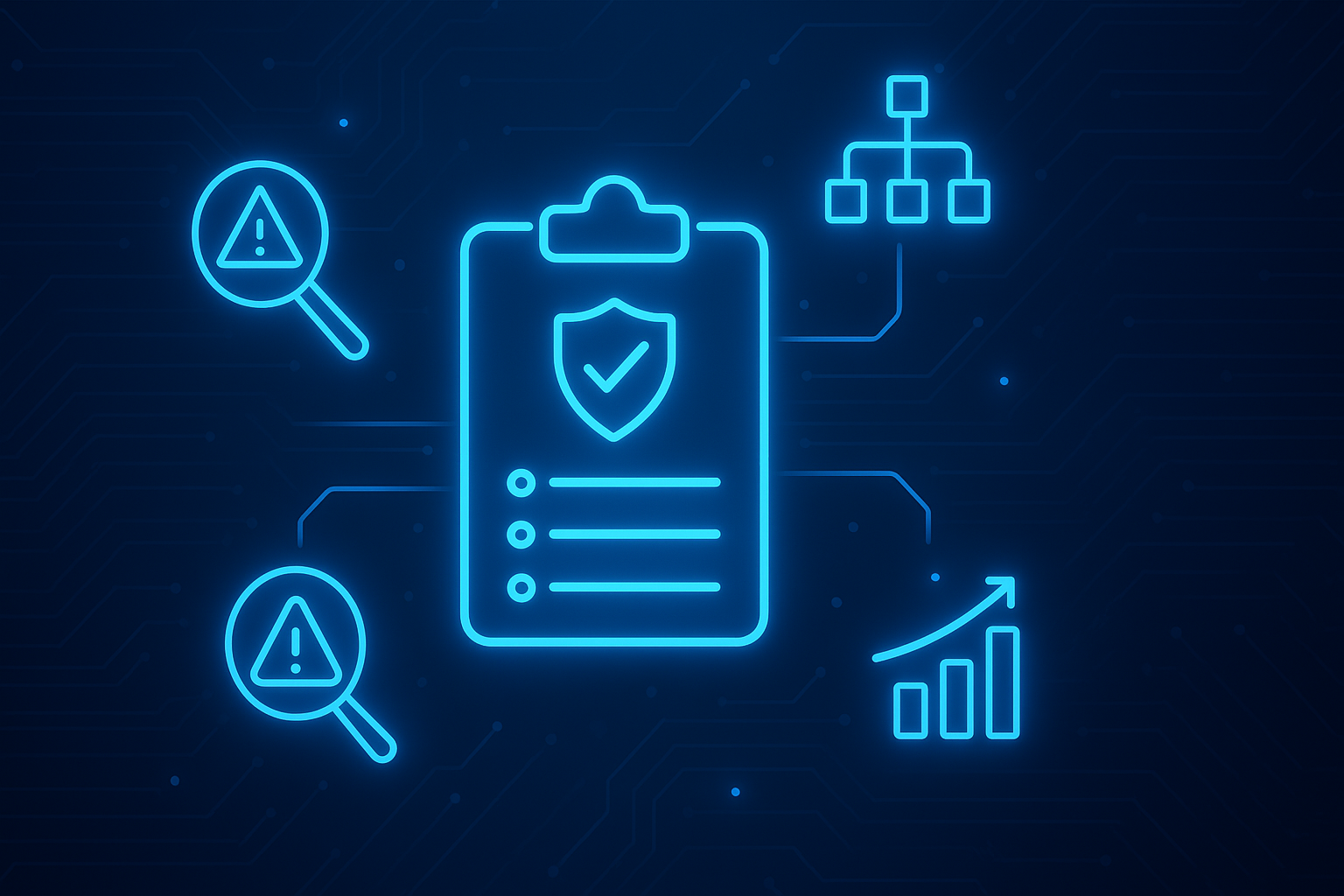The Critical Role of Energy Infrastructure in National Security
The energy sector stands as the backbone of modern civilization, powering everything from household heating systems to remote work capabilities. In industrialized economies, energy infrastructure is universally recognized as the most critical component of national infrastructure. This sector's interconnectedness with all other critical infrastructure sectors—from food and agriculture to financial services—creates a foundation upon which the entire economy depends.
The implications of this interconnectedness are profound: an energy cyber breach could trigger cascading failures resulting in regional power outages, disabled communication networks, and non-functional emergency services. These consequences leave affected regions vulnerable and potentially cut off from essential resources during crises.
Composition and Vulnerabilities of the Energy Sector
The energy sector encompasses three primary components:
- Electricity generation and distribution
- Oil production and transportation
- Natural gas extraction and distribution
These components are particularly attractive targets for cyber threat actors due to their inherent value and operational criticality. Energy providers often have little choice but to pay ransoms to restore functionality, making them lucrative targets for financially motivated attackers.
According to a comprehensive industry analysis by Hornet Security, the energy sector was the primary target for cyberattacks in 2019, accounting for 16% of all attacks worldwide. The most prevalent threats include:
- Ransomware attacks
- Data theft operations
- Insider threats
- Billing fraud schemes
A notable example occurred in May 2019, when Baltimore city servers suffered a weeks-long breach from the RobbinHood ransomware variant. The total impact reached $18.2 million—$6 million in ransom payments and an additional $12.2 million in lost revenue and system restoration costs.
The Dual Nature of Energy Infrastructure
The energy sector comprises two interconnected components:
Physical Infrastructure
- Power generation facilities
- Transmission equipment
- Distribution substations
- IoT devices controlling power flow
These physical assets historically suffer from inadequate security controls and outdated legacy systems, creating vulnerable entry points into the broader supply chain. A successful compromise of a power plant or electricity substation can initiate a domino effect, leading to widespread power disruption, compromised water systems, and delayed distribution of essential fuels.
Virtual Systems
- Operational technology (OT) networks
- Supervisory control and data acquisition (SCADA) systems
- Energy management systems
- Business information technology infrastructure
The Colonial Pipeline ransomware incident in May 2021 exemplifies the vulnerability of these systems. This attack on operational technology infrastructure caused widespread gasoline shortages throughout the Southeastern United States and parts of New Jersey. Extortionists demanded 75 bitcoin (approximately $5 million) for files stolen from the company's internal network, demonstrating how cyber incidents can rapidly transform into physical supply crises.
Regulatory Landscape and Compliance Frameworks
The energy sector has implemented several regulatory frameworks to address cybersecurity vulnerabilities:
- North American Electric Reliability Corporation Critical Infrastructure Protection (NERC-CIP): Comprises 40 rules and 100 sub-requirements covering personnel training, incident response, security management controls, and other critical areas
- Electricity Information Sharing and Analysis Center (E-ISAC): Facilitates information sharing regarding emerging threats and best practices
- NIST Special Publication 1800-23: Provides guidance for energy sector asset management following significant attacks like the 2017 Triton incident
These frameworks represent important progress in securing energy infrastructure, though significant gaps remain in implementation and coverage.
Global Energy Security Challenges
Energy cybersecurity represents a global challenge with significant geopolitical dimensions. Several advanced economies, including the United Kingdom, Japan, and Australia, have experienced substantial losses from cyber breaches in their energy sectors.
Industrial Control System (ICS) attacks pose particularly severe threats as they can cause both cyber and physical damage. The 2017 Trisis/Triton attack targeting safety systems at a Saudi Arabian petrochemical plant was designed to:
- Shut down plant operations
- Exfiltrate sensitive data
- Trigger a destructive physical explosion
This attack highlighted how international energy systems share similar supply chain vulnerabilities and interdependencies. The incident prompted NIST and the National Cybersecurity Center of Excellence (NCCoE) to develop specialized guidance for monitoring and safeguarding ICS assets and OT infrastructure.
Information Sharing and International Cooperation For Energy
The complex organization of energy companies, dependent on equipment manufacturers, sector partners, and third-party systems, necessitates robust information-sharing networks. E-ISAC provides vetted energy companies across North America with:
- Real-time threat intelligence
- Security standards and best practices
- Enhanced communication channels between private enterprises and government agencies
- Physical security and cybersecurity bulletins
In the United States, all registered NERC utilities must comply with Reliability Standard CIP-008-06 and report security incidents to E-ISAC.
Key Vulnerabilities in Energy Infrastructure
The energy sector's cybersecurity posture reflects a mixed landscape of strengths and weaknesses:
Regulatory Gaps
While the sector has implemented mandatory cybersecurity regulations like NERC-CIP and NIST standards for federal networks, these primarily cover bulk power system operators. Smaller entities often remain unprotected and unregulated, creating security blind spots across the infrastructure.
Physical Infrastructure Challenges
The sheer scale of energy infrastructure presents significant security challenges. Major U.S. power companies typically operate an average of 121 plants across 94,000 miles, with numerous transmission facilities and substations distributed throughout. This expansive footprint creates competing requirements:
- The need for visibility to monitor networks effectively
- The necessity to maintain appropriate data privacy and supply chain security
Legacy Systems
Outdated operational technology remains pervasive throughout the energy sector, creating multiple security weaknesses:
- Slower incident containment and recovery capabilities
- Dependence on legacy vendors for security solutions
- Addressing vulnerabilities based on vendor availability rather than urgency
- Prohibitive costs (often exceeding $100 million) for comprehensive system upgrades
Supply Chain Complexity
As the energy sector embraces grid modernization and digitalization, security access points multiply:
- "Smart grid" implementations require greater endpoint device deployment
- Digitization necessitates complex software and hardware from third-party vendors
- Increased interconnectivity expands the attack surface across the entire system
Quantifying and Managing Energy Sector Cyber Risk
The cost of energy sector cyber breaches extends beyond the immediate financial impact to include:
- Reputational damage
- Consumer trust erosion
- Physical safety risks to employees and communities
A comprehensive approach to risk management must address these multifaceted threats through:
Enterprise-Wide Risk Awareness
Cybersecurity cannot remain solely an IT responsibility. Energy enterprises must instill risk awareness throughout their organizations, recognizing that each access point represents a potential entry for threat actors. By embedding risk awareness across all departments and functions, organizations build greater resilience against emerging threats.
Integrative Cyber Risk Management
Traditional Governance, Risk, and Compliance (GRC) tools often fail to provide holistic visibility into organizational cyber resilience or deliver real-time insights. As IT and OT networks increasingly converge, siloed approaches become obsolete. Energy companies require:
- Comprehensive visibility across IT and OT environments
- Improved asset management practices
- Real-time risk assessment capabilities
- Quantifiable metrics for security investments
CyberSaint's cyber risk management platform enables organizations to:
- Quantify cyber risk in financial terms using FAIR and NIST 800-30
- Automate compliance assessments across multiple frameworks
- Visualize security posture through intuitive dashboards
- Prioritize security investments based on risk reduction potential
Regulatory Evolution
The Department of Energy must extend its regulatory framework beyond bulk power systems to address smaller entities within the energy ecosystem. Comprehensive security guidelines and standards for all sector participants would substantially improve overall infrastructure stability.
Building a Resilient Energy Infrastructure
While cyber threats can never be completely eliminated, strengthened prevention, detection, and asset management solutions ensure more robust response and recovery capabilities for this critical infrastructure sector. Energy enterprises must recognize their collective responsibility to continuously mature their security strategies through:
- Proactive cyber risk management: Embedding risk awareness throughout organizational structures
- IT/OT convergence: Breaking down silos between information technology and operational technology teams
- Supply chain security: Implementing robust controls for third-party vendors and service providers
- Continuous Control Monitoring (CCM): Leveraging automation to maintain alignment with evolving regulatory requirements
- Cyber Risk Quantification: Translating cyber risks into financial terms that enable informed decision-making
By implementing these strategies through comprehensive platforms like CyberStrong, energy sector organizations can transform their approach from reactive security management to proactive risk leadership, protecting not only their operations but the critical infrastructure upon which modern society depends.
To learn more about IT/OT convergence in the energy sector, please check out our webinar. To see how CyberSaint can assist your IRM strategy and assess your security compliance, contact us.





.png)
.png)
.png)
%201.png)
.png)




